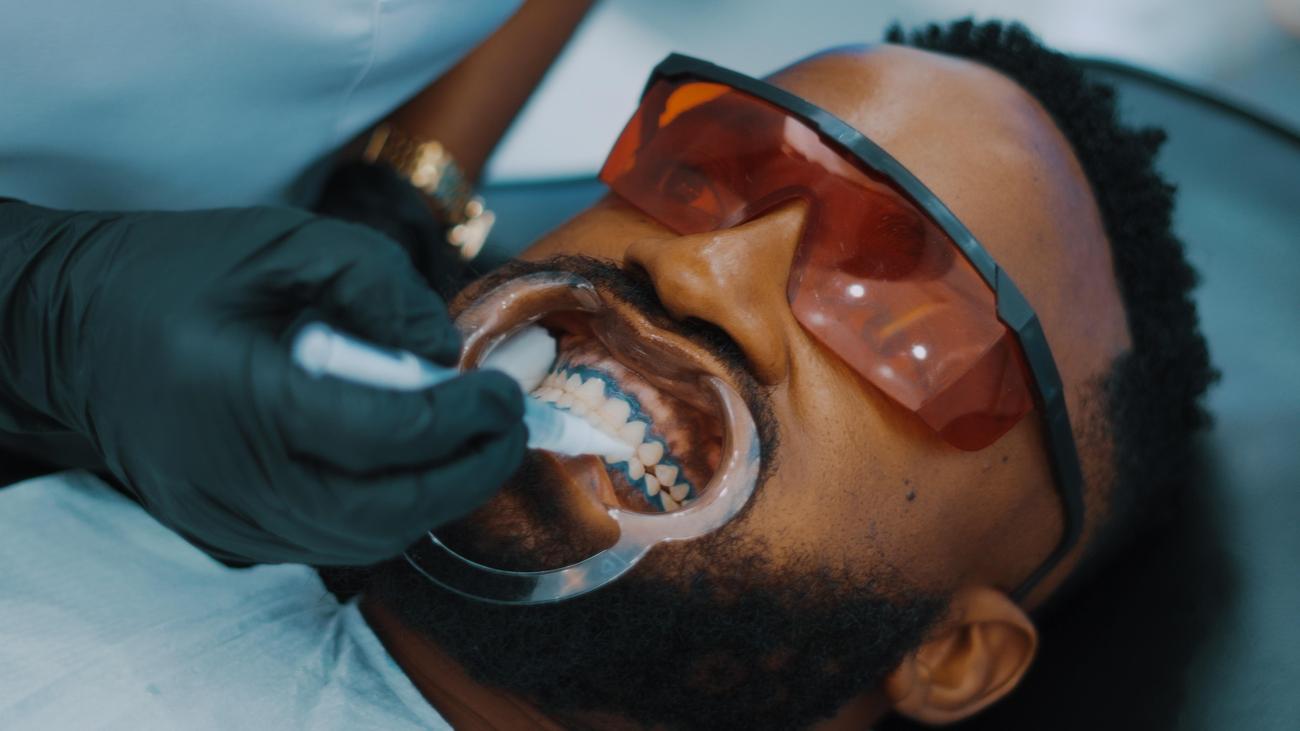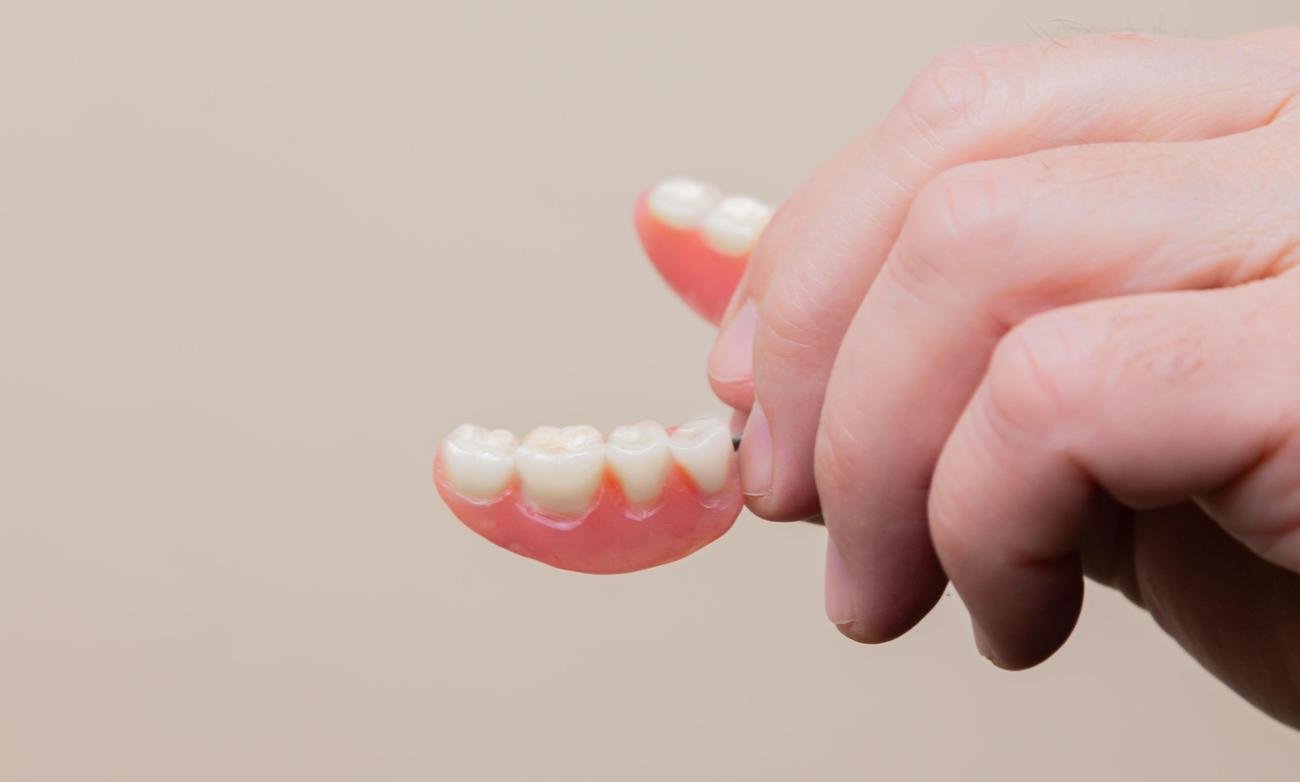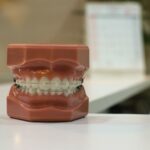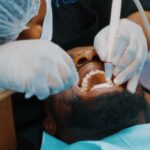Are you looking to straighten your teeth and achieve the perfect smile? Look no further, because in this article, we will delve into the world of orthodontic treatment and explore the different types of braces available to you. Whether you’ve been considering traditional metal braces, ceramic braces, or Invisalign, we’ve got you covered. As an experienced orthodontist with a deep understanding of various braces options, I’m here to guide you through this ultimate guide on types of braces. So sit back, relax, and let’s embark on this journey towards a confident and beautiful smile.

Types of braces
When it comes to improving your smile and straightening your teeth, there are several types of braces available. Each type has its own unique benefits and considerations. In this article, we will explore the different types of braces and help you make an informed decision about which option is best for you.
Traditional Metal Braces
Let’s start with the most well-known and commonly used option: traditional metal braces. These braces consist of high-grade stainless steel brackets that are attached to the teeth using cement. While they may not be the most aesthetically pleasing option, they are highly effective in treating a wide range of orthodontic issues.
Traditional metal braces are the most affordable option for orthodontic treatment and have a long-standing track record of success. They are especially popular among children and adolescents. With regular adjustments and proper care, traditional metal braces can achieve impressive results.
Clear Braces
If you are looking for a more discreet option, clear braces may be the right choice for you. Also known as ceramic or invisible braces, clear braces are similar in size and shape to traditional braces. The key difference is that they are made of clear or tooth-colored ceramic material, making them less visible.
Clear braces offer a more aesthetically pleasing option without compromising on effectiveness. They blend in with the natural color of your teeth, making them a popular choice among adults. However, it’s important to note that clear braces can be more prone to staining and are generally more expensive than traditional metal braces.
Lingual Braces
For those who want their braces to be truly invisible, lingual braces are a great alternative. These braces are placed on the backside of the teeth, making them virtually invisible from the front. However, it’s important to consider that lingual braces can cause discomfort to the tongue and may have limited effectiveness for certain orthodontic issues.
Lingual braces provide a discreet treatment option, but they do come with some challenges. The placement can take some time to get used to, and adjustments may require more time and expertise from your orthodontist. Additionally, the cost of lingual braces tends to be higher than traditional braces.
Self-Ligating Braces
Self-ligating braces offer a modern twist on traditional braces. These braces use a special clip or bracket system that holds the archwire in place, eliminating the need for elastic bands. This allows for easier and faster adjustments.
Self-ligating braces offer improved comfort and shorter treatment times compared to traditional braces. The absence of elastic bands means less friction on the teeth, resulting in less discomfort. These braces also require fewer visits to the orthodontist for adjustments.
Clear Aligners
Clear aligners, such as Invisalign, have gained popularity in recent years as a discreet and removable alternative to traditional braces. These aligners are custom-made plastic trays that gradually move the teeth into their correct position.
Clear aligners offer ultimate flexibility and virtually invisible treatment. They are removable, allowing you to eat and drink without any restrictions. Additionally, they are virtually invisible, making them a popular choice among adults. However, it’s important to note that clear aligners may not be suitable for complex orthodontic cases.
When choosing the right type of braces for yourself or your child, it’s important to consider several factors. The severity of the orthodontic issue, personal preference, and budget all play a role in determining the best option. Traditional metal braces are still the most popular choice, especially for younger individuals. Clear braces and clear aligners are favored by adults who prioritize aesthetics.
Remember, the cost of braces can vary depending on the type, with traditional metal braces generally being the most affordable option. It’s always best to consult with an experienced orthodontist who can assess your specific needs and recommend the most suitable treatment option.
In conclusion, there are various types of braces available to fit your needs and preferences. Whether you opt for traditional metal braces, clear braces, lingual braces, self-ligating braces, or clear aligners, each option has its own advantages and considerations. Take the time to explore your options and consult with a trusted orthodontist to determine the best type of braces for your orthodontic journey. Remember, a beautiful smile starts with making the right choice for your treatment.
If you’re curious about orthodontics and want to discover some fascinating facts, we’ve got just the thing for you! Click here for a compilation of fun facts about orthodontics. Trust us, you won’t be disappointed. From the evolution of braces to interesting statistics, you’ll be amazed at what you learn. So go ahead, click the link and prepare to be amazed: fun facts about orthodontics.
Types of braces:
Are you curious about the different categories of orthodontic braces available? There are numerous options for achieving that perfect smile, and it’s important to find the right one for you. From traditional metal braces to clear aligners, the world of orthodontics offers various types of teeth alignment devices. Whether you’re looking for discreet options or braces with specific characteristics, there are options for braces based on their characteristics that can meet your needs. Check out our comprehensive guide of different categories of orthodontic braces and explore the various types of teeth alignment devices. Discover the endless possibilities and find the perfect braces for your unique smile journey. Different categories of orthodontic braces and various types of teeth alignment devices await your exploration!
Types of Braces: A Comprehensive Comparison and Explanation
[youtube v=”AH8RCvcGItc”]
Braces are a vital orthodontic treatment that helps correct the position of teeth and jaws, ultimately enhancing facial growth. With various types of braces available in the market, it’s essential to understand each option’s characteristics and benefits. In this article, we will compare and explain the four common types of braces: conventional braces, self-ligating braces, ceramic braces, and clear aligners.
Conventional Braces: Affordable and Effective
Conventional braces are the most popular and widely used type of braces. They consist of colorful rubber bands called modules that hold the archwire to the brackets, gradually moving the teeth into the desired position. Treatment time typically ranges from one to three years, depending on the complexity of the case. One of the significant advantages of conventional braces is their affordability, making them an excellent choice for those on a budget.
“Conventional braces are the tried-and-true option for orthodontic treatment. They are affordable and effective in addressing various dental alignment issues.”
Self-Ligating Braces: Faster Results with Lesser Discomfort
Self-ligating braces offer a similar appearance to conventional braces but eliminate the need for rubber bands. Instead, these braces feature special clips that hold the archwire, resulting in faster treatment results, reduced discomfort, and fewer required dental visits. The absence of modules also makes cleaning these braces more manageable. However, it’s worth noting that self-ligating braces are slightly more expensive than conventional braces.
“Self-ligating braces provide faster results and a higher level of convenience compared to conventional braces. Plus, they require fewer dental visits and are easier to clean.”
Ceramic Braces: A Blend of Aesthetics and Durability
Ceramic braces, which are not a separate type of braces but rather a variant of brackets, consist of either metal or clear brackets. While metal brackets are more visible, ceramic brackets blend in better with natural teeth, making them a popular choice for individuals seeking a more discreet option. Ceramic braces may be a suitable choice for those who don’t want their braces to be noticeable. However, they require careful maintenance as they are more prone to fractures compared to metal brackets.
“Ceramic braces offer a more aesthetically pleasing option, blending in better with the teeth. However, they require proper care to prevent any damage or fractures.”
Clear Aligners: Invisible and Removable
Clear aligners are a type of invisible braces that utilize clear plastic devices, similar to retainers, to gradually move the teeth into alignment. The greatest advantage of clear aligners is their near invisibility, making them an excellent choice for individuals who wish to undergo orthodontic treatment discreetly. It’s important to note that clear aligners may not be suitable for complex cases and require diligent wear to ensure proper tooth movement. Clear aligners also tend to be more expensive than traditional braces.
“Clear aligners offer the utmost discretion during orthodontic treatment, as they are virtually invisible. However, they may not be the best option for complex cases and require strict compliance with wearing instructions.”
Choosing the Right Braces
When considering braces, several factors should be taken into account. The severity of the orthodontic issue, personal preference, and budget all play a role in determining the optimal choice. Traditional metal braces are generally the go-to option for younger individuals. On the other hand, clear braces and clear aligners are often preferred by adults who value the aesthetic aspect of treatment.
“The choice of braces depends on various factors such as the complexity of the case, personal preference, and budget. It’s crucial to consult with an orthodontist to determine the most suitable option for your specific needs.”
In conclusion, understanding the different types of braces is crucial when making an informed decision about orthodontic treatment. Whether you opt for conventional braces, self-ligating braces, ceramic braces, or clear aligners, each option offers its own set of advantages and considerations. By consulting with an orthodontist, you can receive professional guidance and select the braces that best suit your needs and goals.
(Note: The original video content has been transformed into a written article and does not claim to be the original source of the information provided.)

FAQ
Question 1: What are traditional metal braces?
Answer 1: Traditional metal braces consist of high-grade stainless steel brackets attached to the teeth using cement. They are the most effective and affordable option for orthodontic treatment.
Question 2: What are clear braces?
Answer 2: Clear braces, also known as ceramic or invisible braces, are similar in size and shape to traditional braces. However, they are made of clear or tooth-colored ceramic material, making them less visible.
Question 3: What are lingual braces?
Answer 3: Lingual braces are an alternative to traditional metal braces. They are placed on the backside of the teeth, making them less noticeable. However, they can cause discomfort to the tongue and may have limited effectiveness.
Question 4: What are self-ligating braces?
Answer 4: Self-ligating braces use a special clip or bracket system that holds the archwire in place, eliminating the need for elastic bands. They offer easier and faster adjustments compared to traditional braces.
Question 5: What are clear aligners?
Answer 5: Clear aligners, such as Invisalign, are a popular alternative to traditional braces. They are custom-made plastic trays that gradually move the teeth into their correct position. Clear aligners are removable and virtually invisible.
- Star Ring Trends: Etsy vs Amazon - March 28, 2025
- Boost Pollinator Habitats: Baby Blue Eyes Sustainable Farming Guide - March 28, 2025
- Protect Big Black Bears: Effective Conservation Strategies - March 28, 2025
















